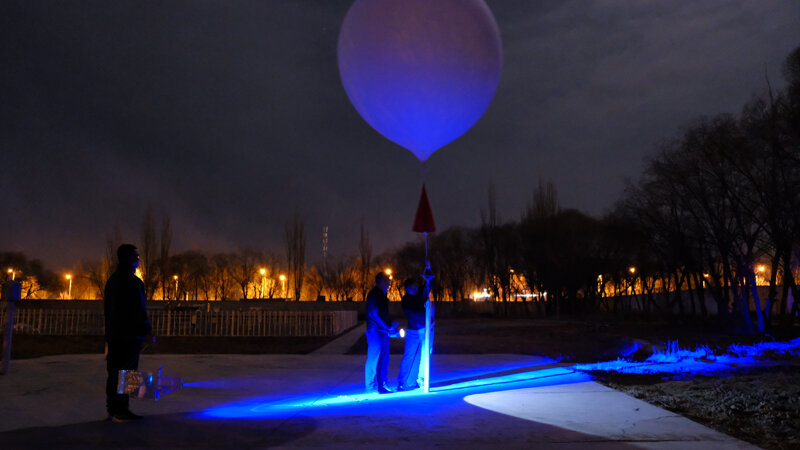An international team, led by researchers from the Institute of Atmospheric Physics (IAP) of the Chinese Academy of Sciences, has made a groundbreaking discovery. For the first time, they have detected aerosols from the Hunga Tonga eruption in the Northern Hemisphere stratospheric westerlies. This discovery, published in Science Bulletin, will aid in simulating the physical and chemical processes in volcanic plumes.
The Hunga Tonga-Hunga Ha’apai volcano, located in the South Pacific Ocean, erupted in January 2022, spewing ash and gas into the atmosphere. The eruption was one of the largest in recent years and was closely monitored by scientists worldwide.
The purpose of the Sounding Water vapor, Ozone, and Particle (SWOP) campaign is to better understand the temporal and spatial distribution characteristics of atmospheric compositions over the Tibetan Plateau. Capturing the volcanic aerosols from the Hunga Tonga eruption was unexpected, according to Prof. Bian Jianchun, an IAP scientist and a team leader of the SWOP campaign.
“We happen to have captured the volcanic aerosols from the Hunga Tonga eruption 12 weeks after it erupted. To my knowledge, this is the first time that it’s been detected at the stratospheric westerlies in the Northern Hemisphere,” said Prof. Bian.
2023-05-05 09:00:04
Link from phys.org
